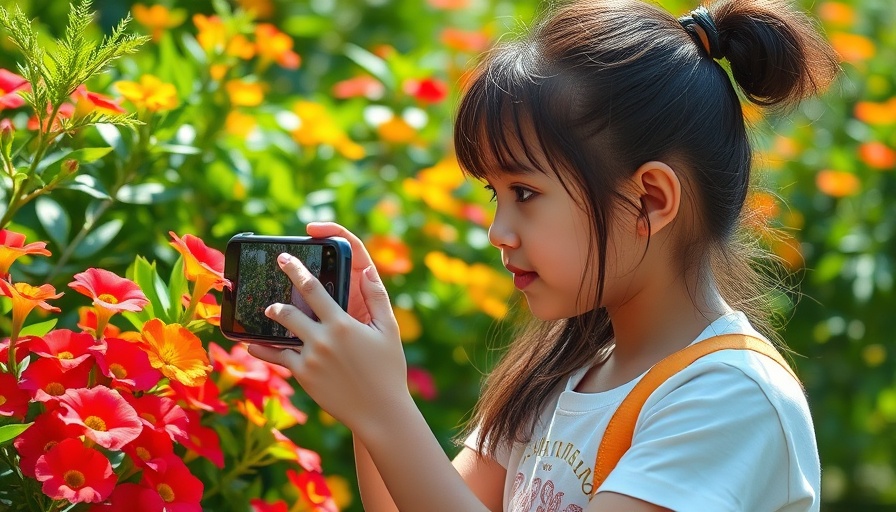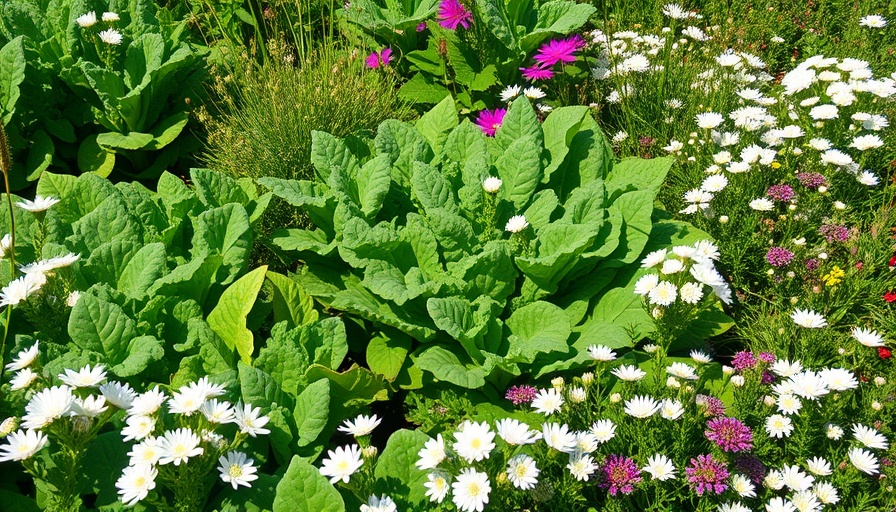
Capture the Splendor of Nature: Your Guide to Garden Photography
Your garden is a vibrant tapestry of life—a canvas painted with the colors of flowers, the rich greens of foliage, and the earthy embrace of soil. Capturing this beauty through photography requires more than just an eye for aesthetics; it involves mastering techniques that translate nature's intricacies into stunning images. This guide will transform your garden photography skills, revealing how to take breathtaking photos that showcase your outdoor oasis.
Mastering Light: The Key to Stunning Images
Lighting can make or break your photographs. Natural light, particularly during the golden hours—just after sunrise and just before sunset—renders warm, soft tones that enhance the colors and textures of your garden. This is when you can truly capture the vibrant hues of flowers and the lush greenery of the plants. In contrast, harsh midday light can cast unwanted shadows, muddling details. Consider using shaded spots for midday shots, or employ creative techniques such as backlighting. When set correctly, this can illuminate the petals of flowers, creating a luminous effect in your images. Knowing how to adjust your camera settings to work with natural light will elevate your garden photography game significantly.
Emphasizing Colors and Textures
The richness of your garden lies in its colors and textures. Flowers bursting with color, deep-green leaves, and various earthy elements create dynamic compositions that invite viewers in. When photographing, focus on contrasting hues—bold reds next to soothing greens can yield striking visuals. Close-ups help to unveil intricate details like the delicate veining of a leaf or the fine texture of bark. Experimenting with angles helps direct attention to these aspects, giving your photographs depth and character. Vivid colors not only engage the viewer but evoke feelings that can enhance your storytelling through photography.
Incorporate Wildlife: Adding Life to Your Garden Shots
Incorporating wildlife into your garden photos can add an unexpected element of life and motion. Birds flitting among blooms, bees busily collecting nectar, or even butterflies dancing through the air breathe vibrancy into your images. Not only do they create a narrative, but these elements also reflect the ecosystem of your garden. Patience is key here—waiting for that perfect moment when a butterfly lands on a flower can create a magical photograph that tells a story beyond mere colors.
Practical Tips for Best Practices
Here are some practical photography techniques that can help you capture stunning images of your garden:
- Explore Different Angles: Don’t just shoot from eye level; crouch down for unique perspectives that highlight your plants' lower foliage or dramatically look up through leaves on a tree.
- Experiment with Depth of Field: A shallow depth of field can help your subject stand out against a blurred background, creating a beautifully focused composition.
- Play with Negative Space: Sometimes the absence of detail around your subject can enhance the focal point, directing the viewer’s eye right where you want it.
- Use Props for Interest: Incorporate elements such as trellises, garden tools, or even decorations for added texture and storytelling.
- Edit Thoughtfully: Post-processing can be beneficial. Adjust brightness, contrast, and saturation to bring out the natural beauty you’ve captured, but avoid going overboard—aim for a natural look.
Reflecting on the Joy of Gardening through Photography
Garden photography is not simply about taking pictures; it’s about capturing the joy and serenity that gardening brings. Whether you’re documenting seasonal changes or simply enjoying the beauty your hard work has produced, each click of the shutter is an opportunity to share your passion. As you improve your photography skills, remember that each image can evoke a sense of connection to nature and nurture a deeper appreciation for the plants you cultivate.
Get Inspired and Start Clicking!
Now that you have the knowledge to create stunning garden photography, it’s time to put it into practice. Grab your camera, venture into your garden oasis, and start capturing the vibrant stories that await you. Remember, practice makes perfect, and the more you experiment, the more unique perspectives you can uncover.
Conclusion
It’s time to embrace the world of garden photography. Allow your creativity to flourish as you apply these tips to emphasize lighting, colors, textures, and the lively presence of wildlife. Transform your garden into a visual story through your lenses, and inspire others to see the beauty in nature just as you do.
For more creative ideas and inspirations for your gardening projects, be sure to explore our extensive library of resources.
 Add Row
Add Row  Add
Add 






Write A Comment